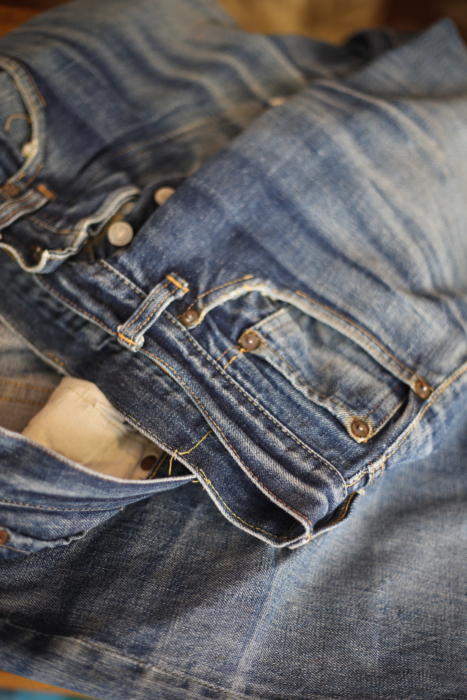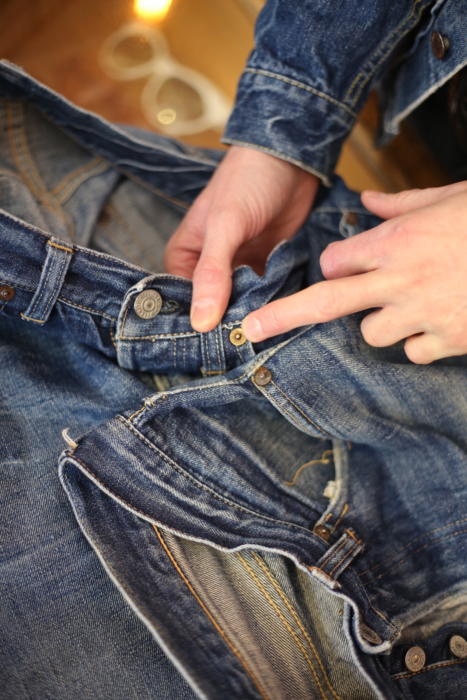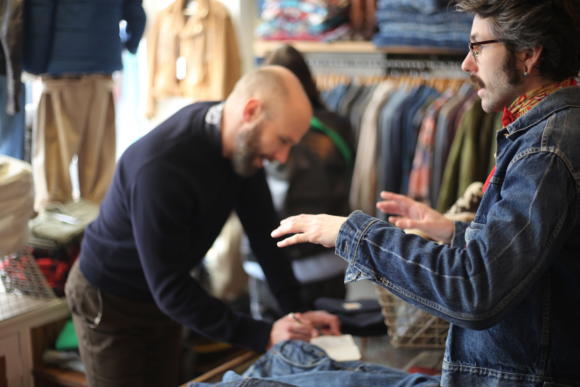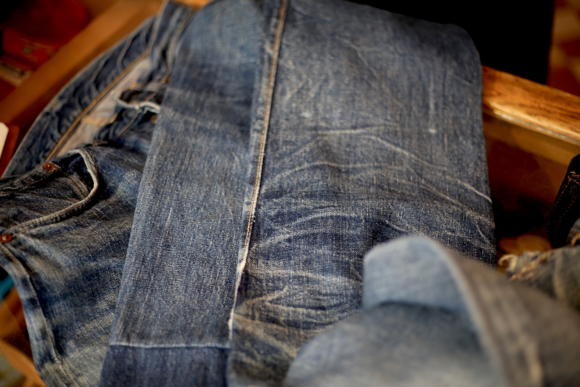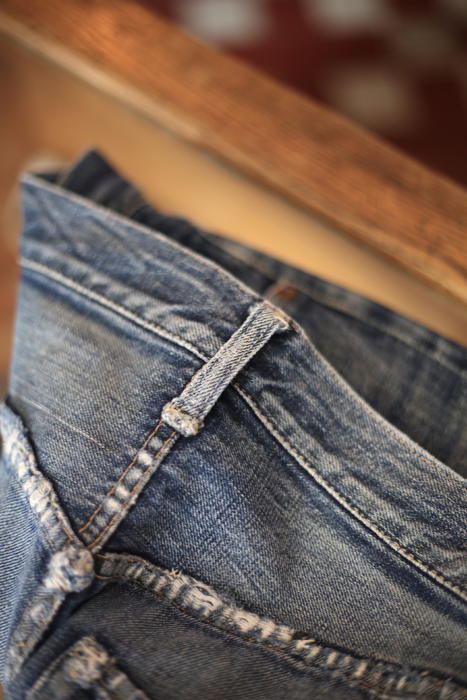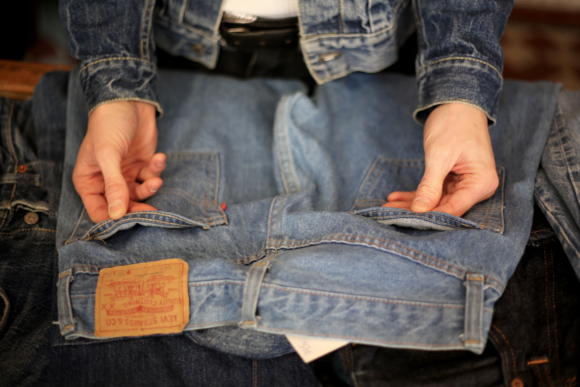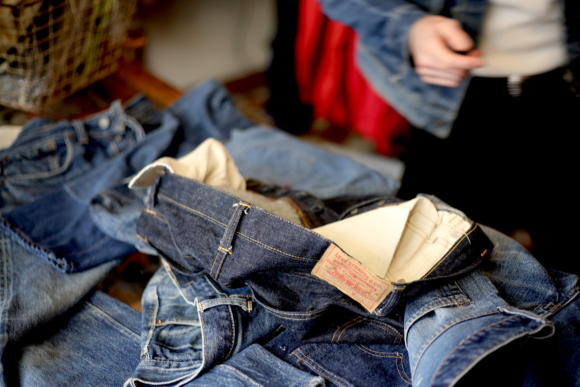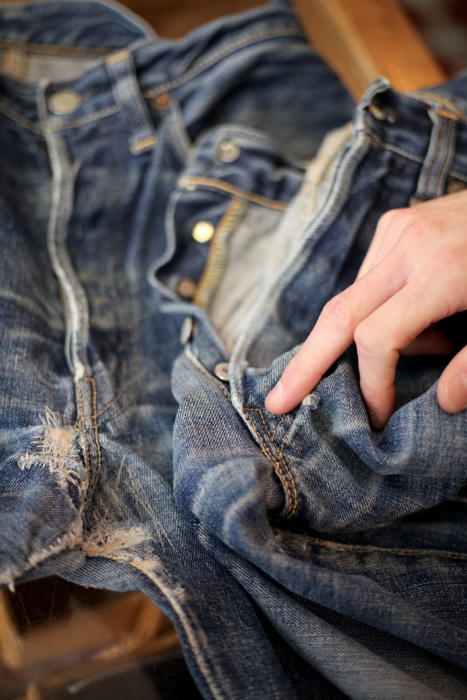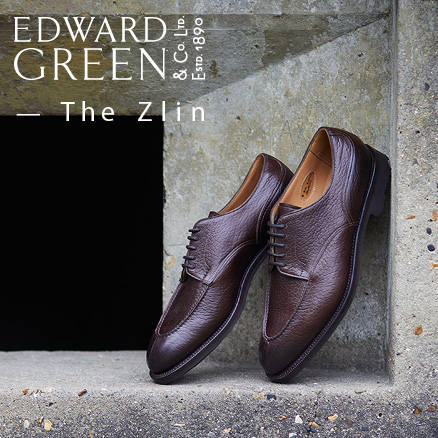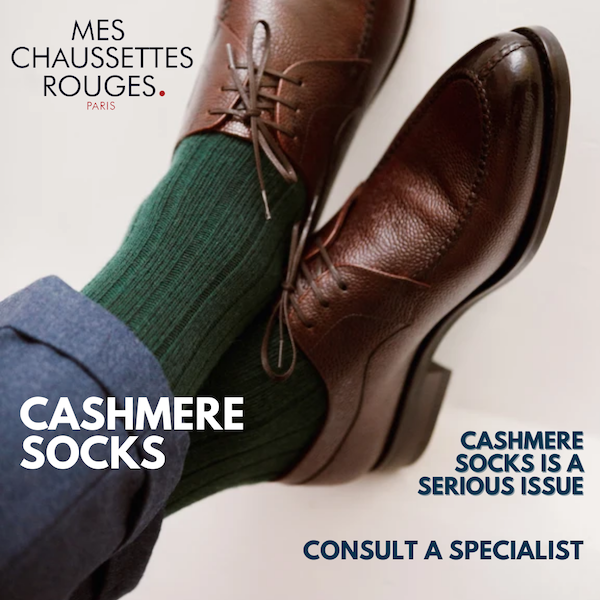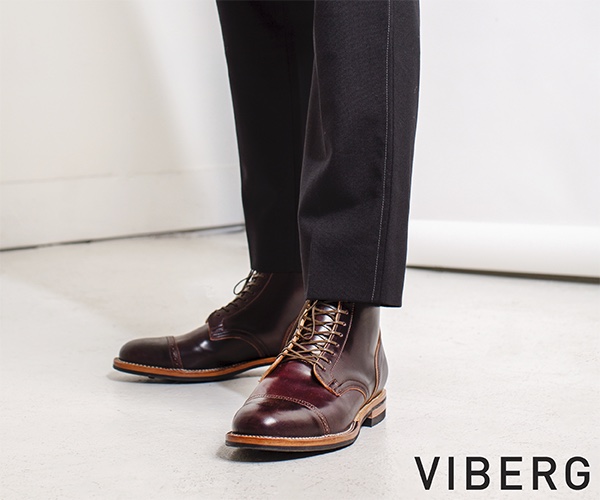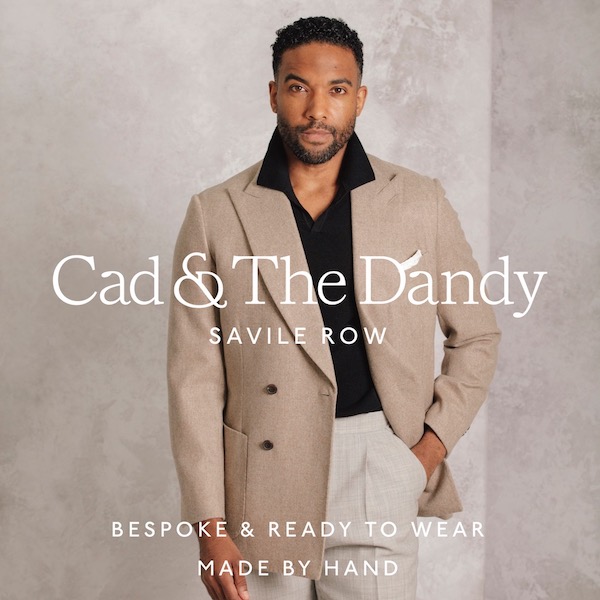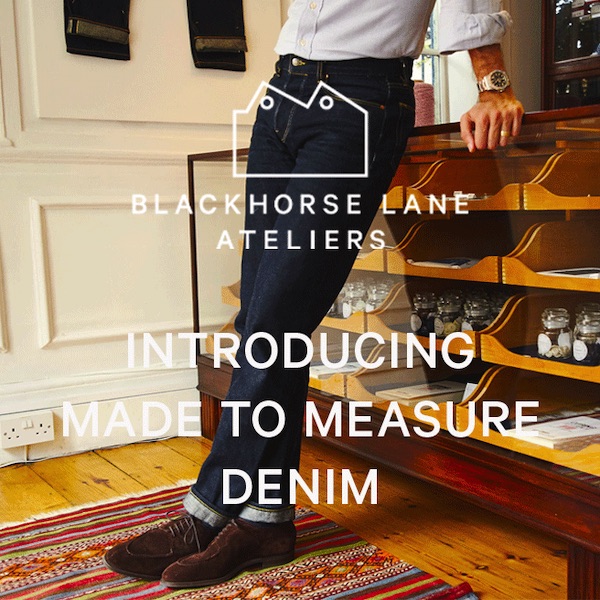Levi’s had exposed rivets on their back pockets until 1937, when complaints about scratched saddles and seats forced them to be covered. A few years later the rivet on the crotch was removed, with the better (but possibly apocryphal) story that cowboys burnt their sensitive parts when they sat too close to the fire.
I met Arthur at Le Vif in Paris recently to talk through these minutiae of Levi’s history. Given I buy and wear so many of them, it was nice to fill in some of the minutiae.
However, what it actually left me with was a deeper love of denim, rather than an in-depth history. A real appreciation of natural indigo and cotton twill, the way it twists and fades, and the subtle variegated landscape.
There were a lot of jeans on that table over the course of our two-hour chat, and by the end of it I felt I was swimming in the stuff.
A reader recently commented that blue jeans seemed too common to him to be interesting. They’re certainly ubiquitous, but like the delicately turned waist of a bespoke shoe, or the patina on a leather briefcase, some subtleties just need to be pointed out to be appreciated.
I don't think there’s nothing wrong with this - it doesn’t mean better jeans don’t still look better, just like a well-cut suit, to the man in the street. It just means appreciation deepens the more you know, and the more you look.
Painting - though of course a much richer and broader concern - is similar. Often all it takes is a friend to point out an element of composition or technique, and you see it in a new light. You begin to recognise and enjoy different qualities.
With denim, this could be the way shades of blue range across a fade. It’s never a stark change - there’s a wave that begins with deepest indigo, goes through many hues of blue, and peaks in a pale line where the yarn almost loses colour completely.
Areas of wear have wave after wave of this, each one different, each also textured by contour lines that show how the material has been twisted and turned with use.
When jeans are artificially aged, you lose some of this subtlety. They’re often heavily washed, which removes the deepest indigo and therefore one end of the scale. And no one has the ability (by machine) or time (by hand) to shade each twisting gradation differently.
This is not what I'd intended to focus on with Arthur. I’d suggested walking through Levi’s from different eras, making use of his personal collection, and so we were talking about belt loops that were on the back seam or not (above, before the mid-50s), and whether back pockets were chain stitched.
Charmingly, models often break the rules, just to keep everyone on their toes. The pair below, for example, have one back pocket chain stitched, the other not. Sometimes people get lazy, or just lose track halfway through production.
Dissecting all these details, however, just made me look more closely at the ageing - the way different rivets patina, or the way coin pockets often have a flat fade, because hands pass across them so many times.
I particularly appreciate the explosion of fraying you get at the edges of front pockets, as if the denim has finally given up the ghost, losing its integrity in an eruption of yarn.
It reminded me, actually, of how much I love the surprisingly numerous and bright yarns of Harris Tweed, and wonder what that would be like if they faded with use.
We do have some nice aspects of ageing with smarter menswear, such as the endearing fraying of old shirts, and perhaps the wearing down of corduroy, but denim has greater depth and variety. Only leather goods really come close.
Of course, on PS over the years we’ve talked about the complexity of many textiles, most recently Donegal tweed but also menswear-adjacent ones like upholstery or Navajo blankets. They’re all kin.
If readers are interested, I can do a more in-depth article on Levi’s through the decades, but as Arthur said, there are quite a lot of similar guides online. And if you’re looking to buy vintage the best way is often through a vintage shop or dealer.
Today I wanted to talk about the beauty I find in denim - because while it’s certainly not new either, it’s newer to me, and perhaps to some readers.
I’m aware that the photos, by the way, are not the best, having been taken by myself and Lucas while we were in Paris. But hopefully they serve their purpose, and I can do something with better, more professional, perhaps macro-accentuated ones at a later date.
Below, customers at Le Vif admiring Lucas's PS Donegal Coat, which was hanging up at the back of the shop. I love the fact they thought it was vintage.
Related posts
from Permanent Style https://ift.tt/ZWyqfht
via IFTTT
